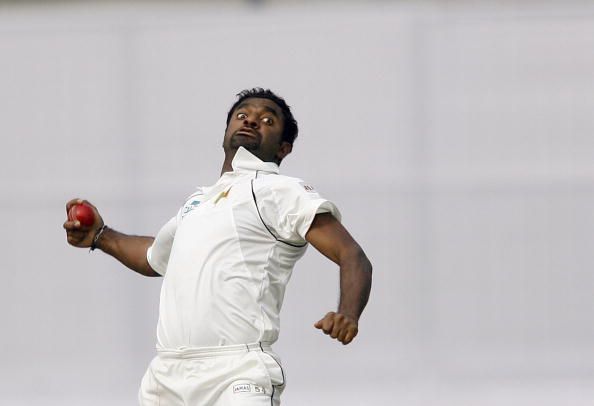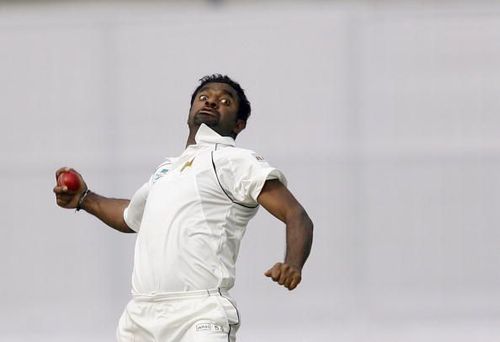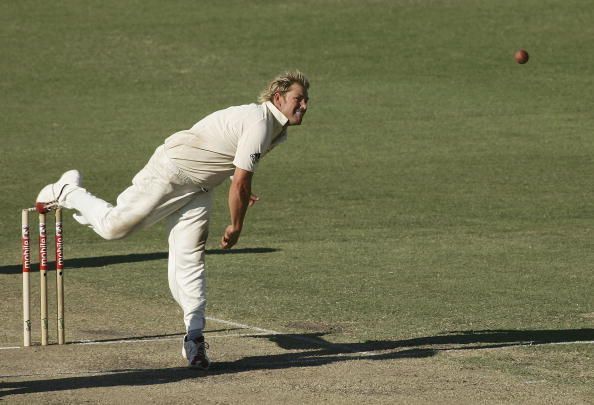
The science behind spin bowling

Spin bowling is as much an art as it is science. It takes years of toil to perfect the art of creating an illusion in the minds of batsman while bowling spin. Often spin bowling is about the trajectory the ball takes to reach the spot as opposed to what happens after that. Great spin bowlers are akin to a magician fooling the batsman to grope and search for the ball.
Here, we look at the science behind this difficult yet intriguing art. Spin bowling consists of two parts. One, usually the trajectory of ball i.e how it reaches the batsman in the air, and two, how it reacts off the surface. The first part of the act is totally dependent on the bowler while the second part requires help from the conditions.

We examine the first part, trajectory of the ball through the air in this article. While watching a spin bowler you might have come across terms like drift, dip, revolutions etc. We define all of them below.
Drift is the movement of the spinning ball prior to its pitching in the horizontal direction. A batsman sees a spinning ball midway through its flight and commits himself to the line of ball only to see it moving away from its original line. This effect is also aided by the breeze which blows across the ground.
Dip is the movement of the spinning ball prior to its pitching in vertical direction. A bowler releases the ball as a top spinner which causes the ball to dip in its flight. Having the ball on a string is a phrase used quite often for it. Batsman comes down the pitch only to find himself groping for the ball tentatively. The more top spin you impart on the ball the more it dips in its flight.

Science behind the art:
Bernoulli's principle comes to our rescue to explain these terms. It states that the sum of potential, kinetic and pressure energy remains constant in any fluid. Air is the fluid in this case.
Now imagine a ball spun like a leg spinner spinning in anticlockwise direction making an angle of 90 degrees with the vertical direction (spinning from leg to off with seam facing point for a right-handed batsman).
As the ball propagates through the air, the speed of air on left side of the ball is lower as compared to the right side of ball due to the revolutions on the ball(the spinning ball causes air to move in one direction on one side and opposite direction on the other side). Hence, there is a difference in the speed of air at both surfaces which causes difference in pressure energy (as Potential Energy is constant since height of ball from the ground is constant during its flight). The left surface is at higher pressure and the right surface is at lower pressure. Hence the ball drifts towards the right of the batsman before pitching.
Generally maximum dip occurs when a spinner bowls a top spinner while drift is maximum in case a spinner imparts more side spin on the ball. Stock ball of any good spinner has seam making 45 degrees angle with the vertical direction. In this way he gets both drift and dip prior to pitching.
You might have seen the ball of the century by Shane Warne to Mike Gatting, if you haven't taken a look:
Look closely at the drift and dip he gets before pitching to almost what is called as the blind spot for a right-handed batsman.
Now the strength of drift or dip depends upon the amount of revolutions a bowler can put on the ball so that he can create an appreciable pressure difference between the two surfaces of the ball separated by the seam. Revolutions on the ball comes from the action and body position which aid in imparting maximum revolutions. Great spinners often vary the revolutions and trajectory to create an illusion in the minds of batsmen catching them offguard.
The greatest practitioners of this art have total mastery over the amount of drift and dip a ball gets without losing their accuracy. The whole science remains the same whether you are an off spin, leg spin or a Chinaman bowler.